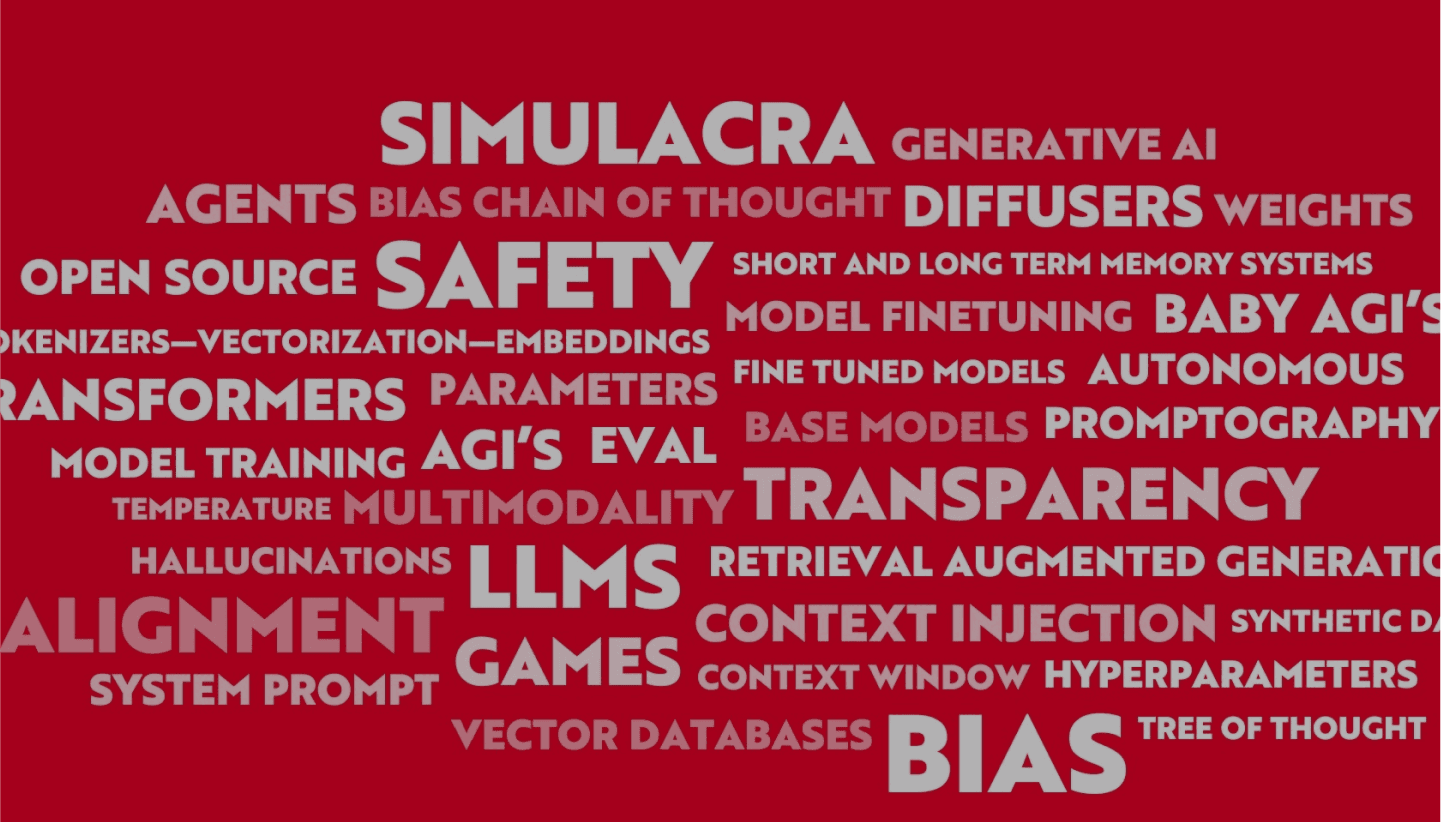
RNN
What Is RNN ( Recurrent Neural Networks)?
Recurrent Neural Networks (RNNs) are a specialized type of artificial neural network designed to handle sequential data. Unlike traditional neural networks, which process inputs in isolation, RNNs have the unique capability to retain information from previous inputs in a sequence, essentially allowing them to "remember" past information and use it to influence the processing of new inputs. This memory characteristic is achieved through internal loops that pass information from one step of the sequence to the next. RNNs are particularly adept at tasks that involve sequential dependencies, such as language translation, speech recognition, and image captioning, making them a cornerstone technology in the field of natural language processing (NLP) and other areas where temporal dynamics are crucial.
How do RNNs differ from other neural networks?
The primary distinction between RNNs and other neural networks lies in their architecture and how they process data. Traditional feedforward neural networks process inputs in a straightforward manner, with information moving in only one direction from the input layer, through hidden layers, to the output layer, without any feedback connections.
In contrast, RNNs incorporate loops within their architecture, allowing information to flow from later stages back to earlier stages, thereby creating a form of internal memory. This structural difference enables RNNs to maintain a state that reflects the history of all past inputs, making them inherently suited for sequential data processing.
What makes RNNs suitable for processing sequential data?
RNNs' suitability for sequential data comes from their ability to model temporal dynamics and dependencies within a sequence. By leveraging their internal state or memory, RNNs can effectively capture patterns, trends, and relationships in sequential data over time. This capability allows them to perform exceptionally well on tasks where the context or the order of elements is crucial for understanding or predicting outcomes. Whether it's predicting the next word in a sentence, translating languages, or generating text-based on a given prompt, RNNs' ability to process and remember sequential information makes them uniquely qualified for a wide range of applications involving temporal or sequential data.

